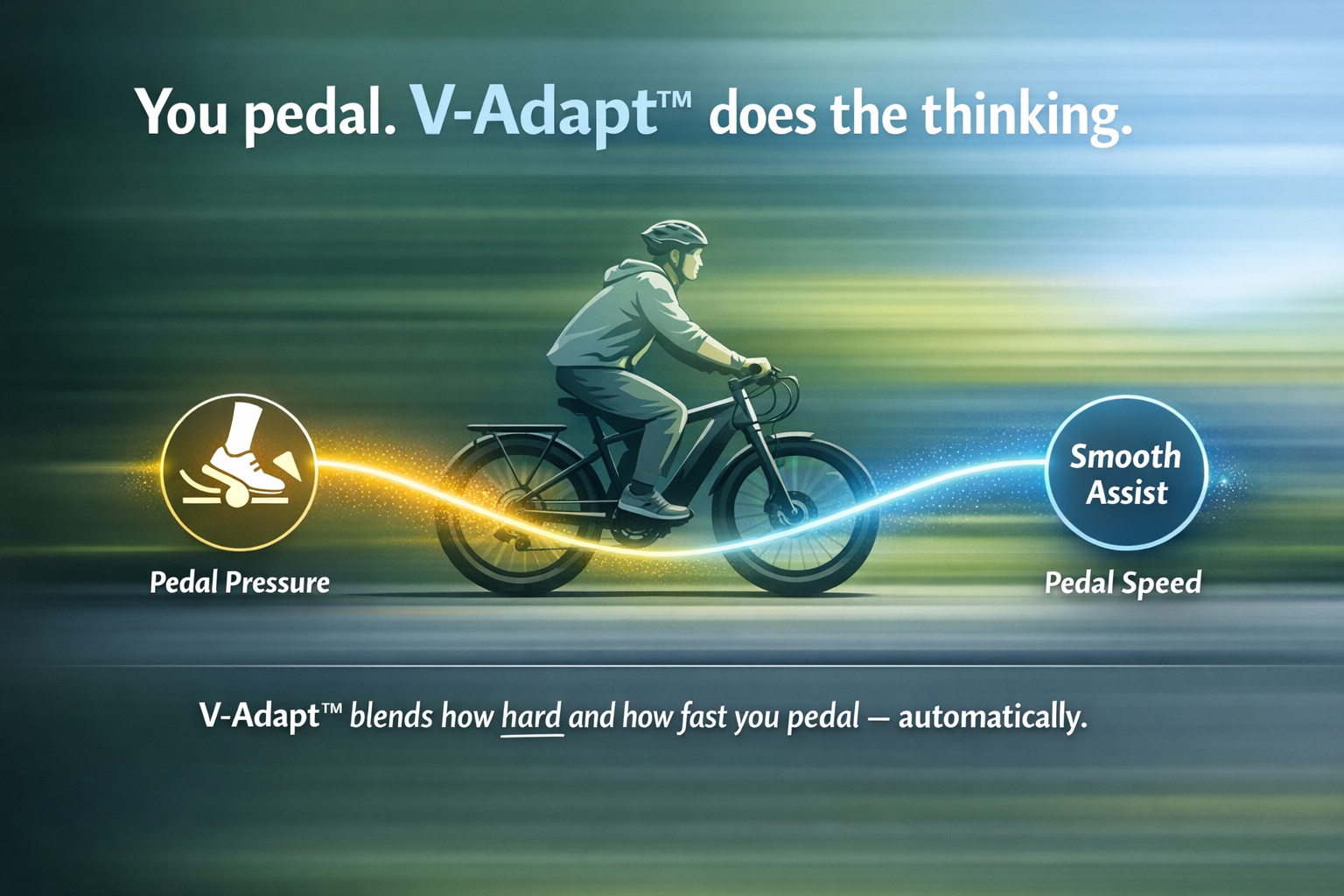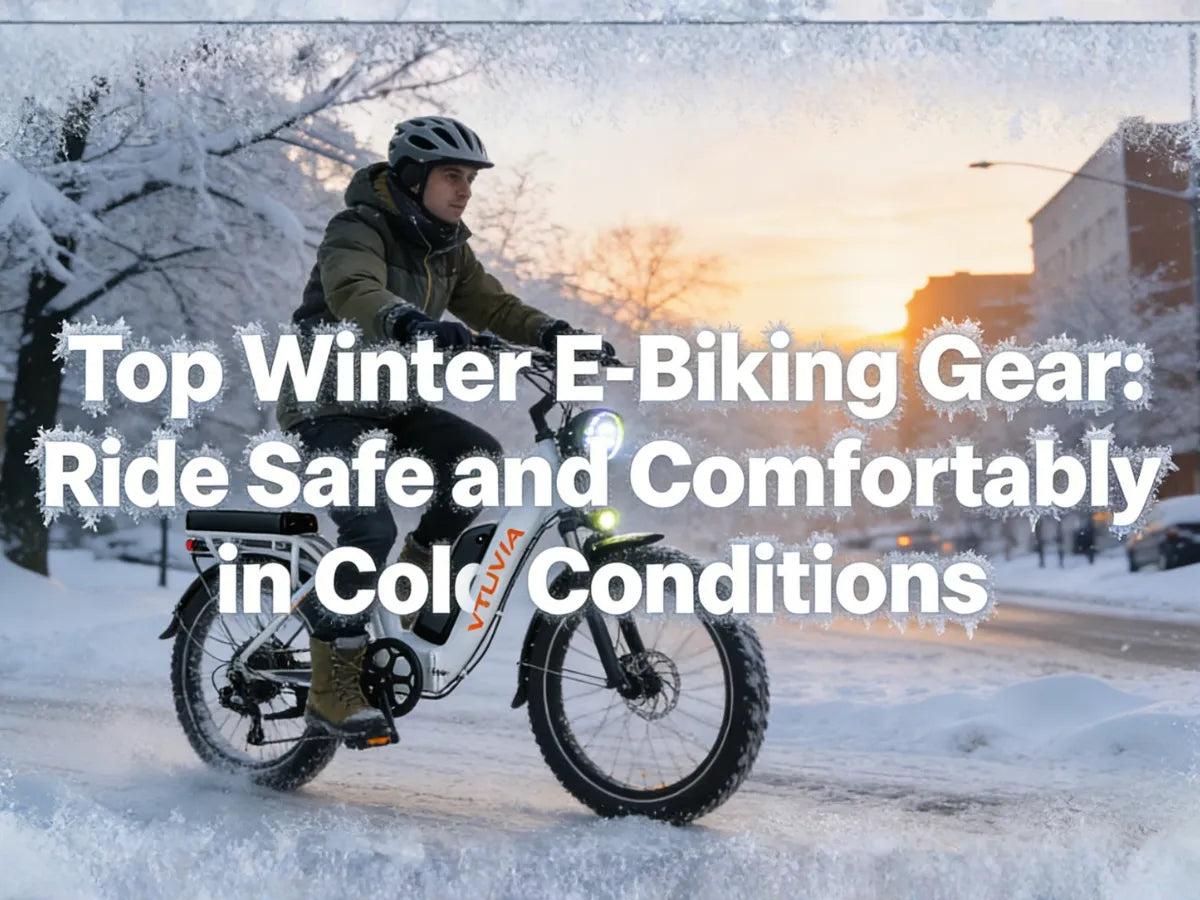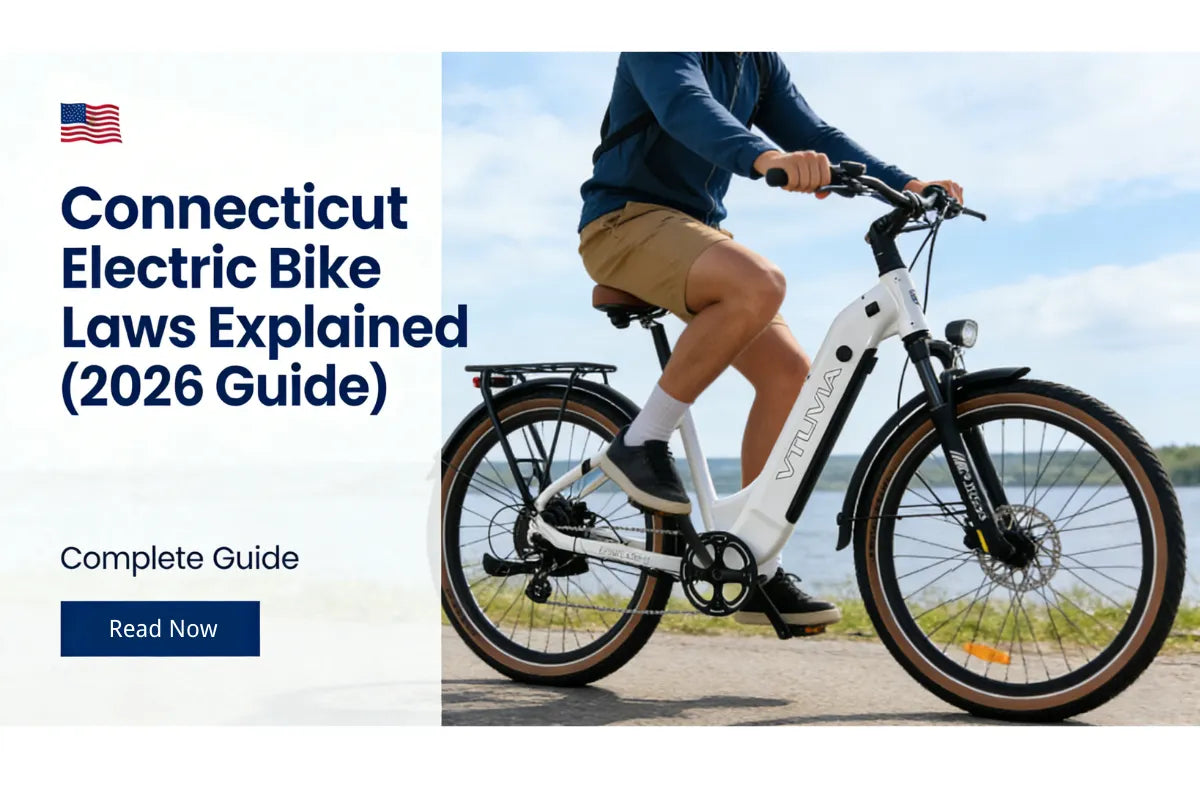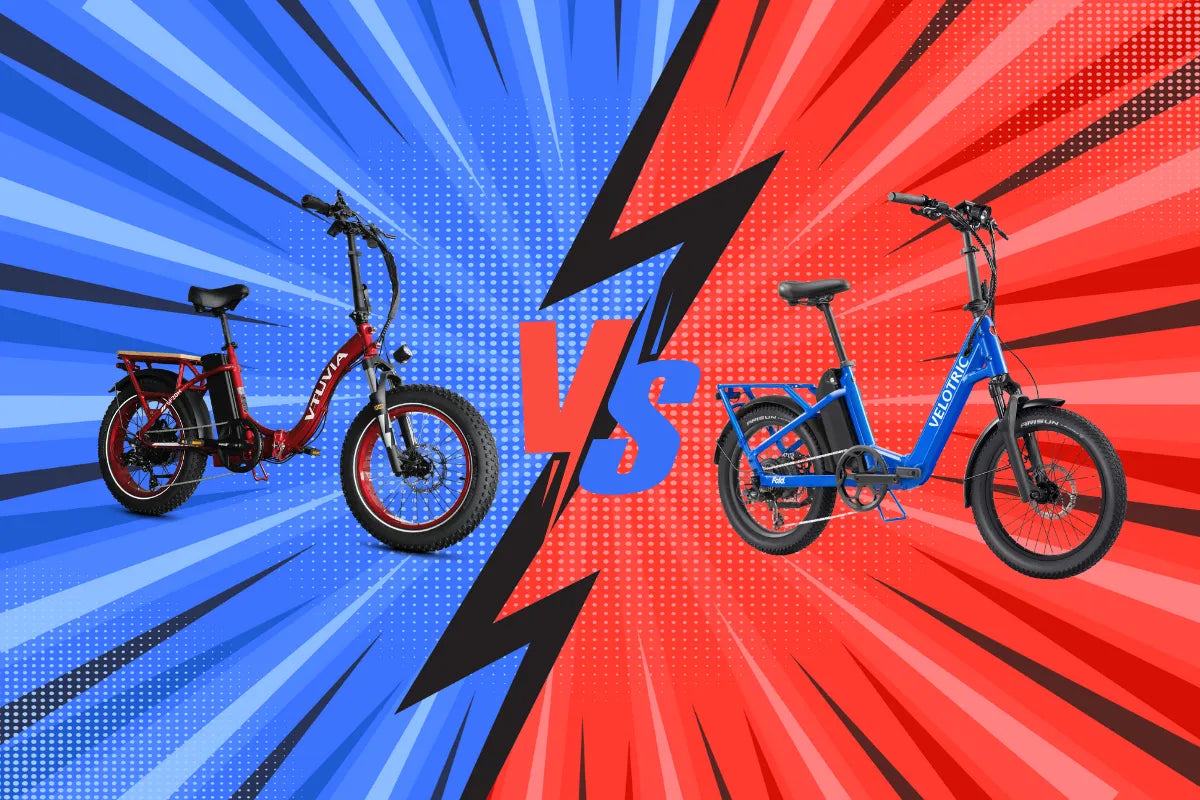When considering an e-bike, one of the most crucial factors for potential buyers is battery range. How far can you go on a single charge? What factors influence that range? In this blog, we will explore the key elements that affect e-bike battery range and provide tips to maximize it, ensuring you enjoy every ride without the worry of running out of power.
What Is E-Bike Battery Range?
Battery range refers to the distance an e-bike can travel on a single charge, measured in miles or kilometers. This range can vary significantly based on several factors, including the battery capacity, rider behavior, terrain, and the type of e-bike.
Key Factors Influencing Battery Range
-
Battery Capacity
- E-bikes come with different battery sizes, typically measured in watt-hours (Wh). A higher capacity battery (e.g., 500Wh vs. 250Wh) can store more energy, allowing for a longer range. For instance, a bike equipped with a 750Wh battery can generally go farther than one with a 500Wh battery, given similar conditions.
-
Motor Power and Efficiency
- The motor's power (measured in watts) also plays a crucial role. More powerful motors may consume more battery energy, especially during steep climbs or high speeds. However, a more efficient motor can provide better range by maximizing energy use, allowing riders to travel farther without draining the battery quickly.
-
Riding Conditions
- Terrain and weather significantly impact battery range. Hilly or rough terrain demands more energy, reducing range. Additionally, riding against strong headwinds or in colder temperatures can drain the battery faster than in calm, mild conditions.
-
Rider Behavior
- Your riding style greatly affects how far you can go on a single charge. Frequent acceleration, riding at high speeds, or using higher levels of pedal assist will consume more battery. Conversely, maintaining a steady pace and using lower assist levels can extend your range.
-
Tire Pressure and Weight Load
- Proper tire pressure can enhance rolling efficiency. Low tire pressure increases resistance and drains the battery faster. Additionally, carrying excessive weight, whether from cargo or the rider, can reduce range due to increased energy consumption.
Tips to Maximize E-Bike Battery Range
-
Plan Your Route
- Choose routes that are flatter and have less traffic. Planning ahead allows you to select paths that will conserve battery life, especially on longer rides.
-
Maintain Optimal Tire Pressure
- Regularly check and maintain your tire pressure. Well-inflated tires reduce rolling resistance and improve efficiency, allowing you to travel farther.
-
Adjust Pedal Assist Levels
- Use lower levels of pedal assist when possible, especially on flat terrain. This will help conserve battery while still providing assistance when needed.
-
Limit Extra Weight
- Minimize the load on your e-bike. Carrying only essential items can help extend the battery range.
-
Keep Your Battery Healthy
- Regular maintenance of your battery is crucial. Store it at moderate temperatures and avoid letting it drain completely before recharging. Following the manufacturer's guidelines for care will help maintain its longevity and performance.
Conclusion
Understanding the factors that influence e-bike battery range is essential for maximizing your riding experience. By choosing the right e-bike with an adequate battery capacity, adjusting your riding behavior, and maintaining your e-bike, you can enjoy longer rides without the anxiety of running out of power. Whether commuting, running errands, or exploring new trails, being knowledgeable about your e-bike's battery can make all the difference in your journey. Happy riding!





Share:
The Best E-Bikes for Families: Ride Together, Ride Anywhere
Suspension Fork vs. Other Forks: What’s the Difference?